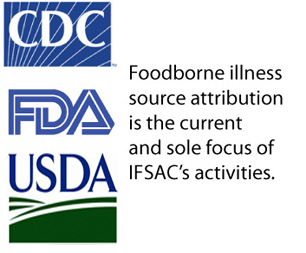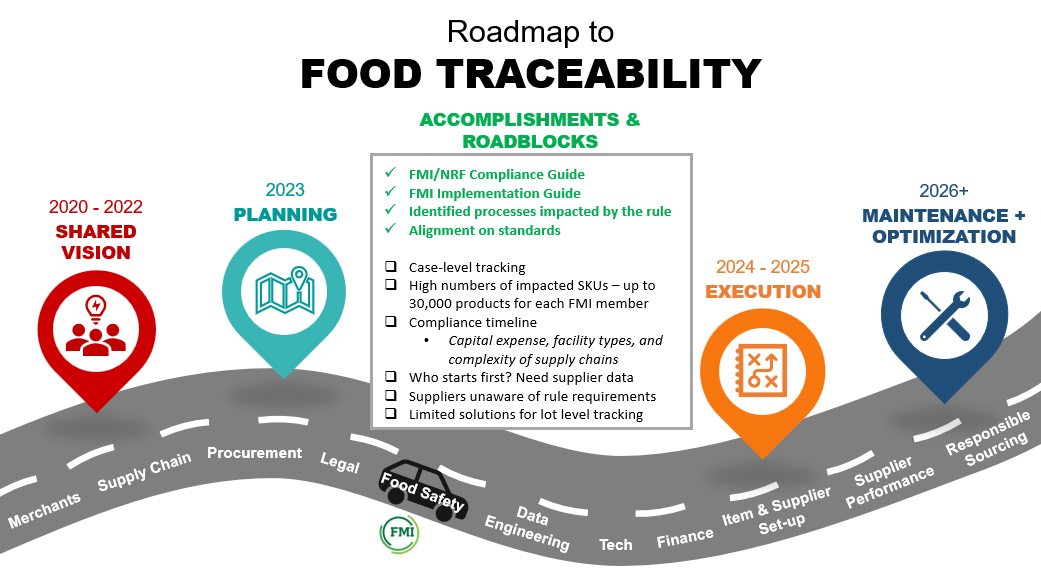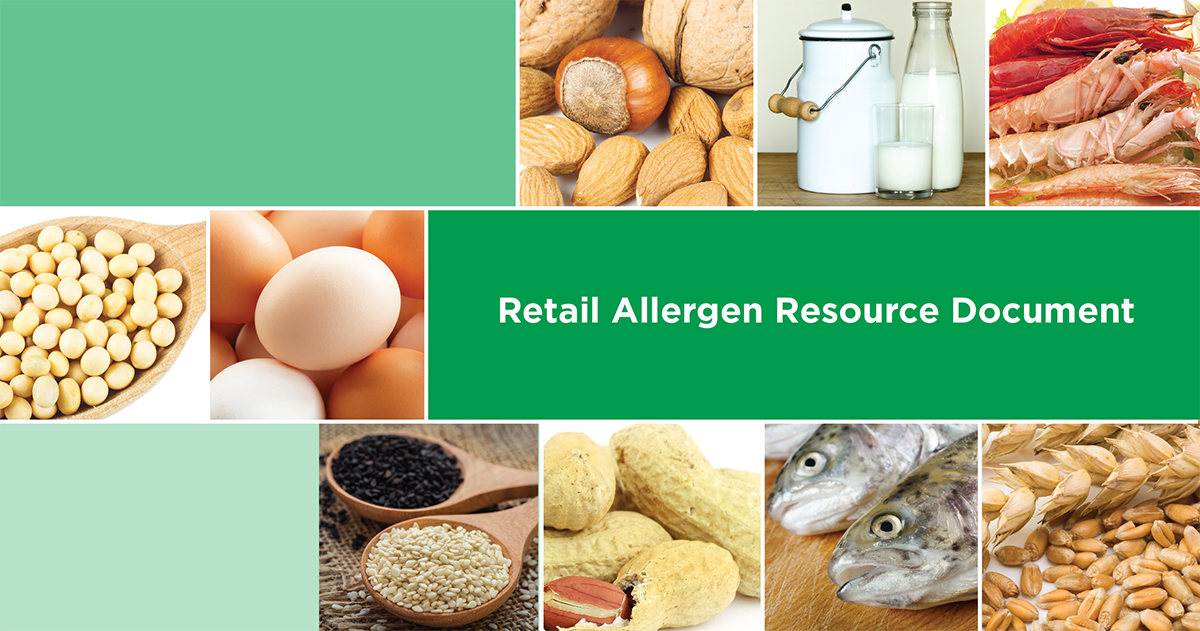By: Hilary Thesmar, PhD, RD, FMI Vice President, Food Safety Programs, Food Marketing Institute

In the past, the CDC has tracked and reported the incidence of foodborne illness in humans (FoodNet) and, separately, reported foodborne illness outbreaks through public health surveillance systems. Obtaining the complete picture of foodborne illness has been challenging due to a number of factors to include: varying reporting mechanisms, the types of illnesses, and the disparity of data that is collected. The complexity as well as the vastness of our food supply also makes it particularly difficult to link foodborne illness to a specific food, also know as foodborne illness source attribution.
It has only been within the last few years that researchers, epidemiologists and data analysts have been able to publish estimates of foodborne illness attribution. Just last month, the CDC, FDA and USDA released a report on a new method to better estimate the attribution percentages for Salmonella, E. coli O157H7, Listeria monocytogenes and Campylobacter in each category of food.
For food safety people, this is fascinating stuff! We enjoy combing through reports to get a little more information and gain a better understanding of foodborne illness, but so often we were limited in how we could connect the data or how to apply the information. Now it's our chance to be the detective. We are now able to look at the facts and determine which food is responsible.
For the food industry, these reports give us the opportunity to put the puzzle pieces together. They give us more data to work with and more visibility into the analysis of the data. Moreover, these collaborative reports give us insight into how future policy decisions might be shaped and how FDA and USDA may use the information along with other scientific data. As with most research there are limitations; however, the information gained can be used to focus our efforts, both industry and regulatory, to develop the most effective control strategies and ultimately reduce the incidence and the burden of foodborne illness.
The goal is to have safer food. The more information we have about the safety of the food supply today, including when things go wrong, will help us improve the safety of the food supply in the future.

 Industry Topics address your specific area of expertise with resources, reports, events and more.
Industry Topics address your specific area of expertise with resources, reports, events and more.
 Our Research covers consumer behavior and retail operation benchmarks so you can make informed business decisions.
Our Research covers consumer behavior and retail operation benchmarks so you can make informed business decisions.
 Events and Education including online and in-person help you advance your food retail career.
Events and Education including online and in-person help you advance your food retail career.
 Food Safety training, resources and guidance that help you create a company food safety culture.
Food Safety training, resources and guidance that help you create a company food safety culture.
 Government Affairs work — federal and state — on the latest food industry policy, regulatory and legislative issues.
Government Affairs work — federal and state — on the latest food industry policy, regulatory and legislative issues.
 Get Involved. From industry awards to newsletters and committees, these resources help you take advantage of your membership.
Get Involved. From industry awards to newsletters and committees, these resources help you take advantage of your membership.
 Best practices, guidance documents, infographics, signage and more for the food industry on the COVID-19 pandemic.
Best practices, guidance documents, infographics, signage and more for the food industry on the COVID-19 pandemic.
